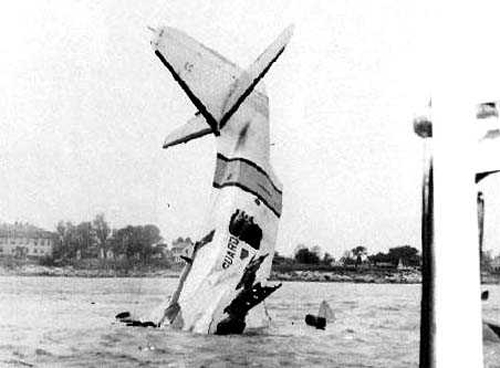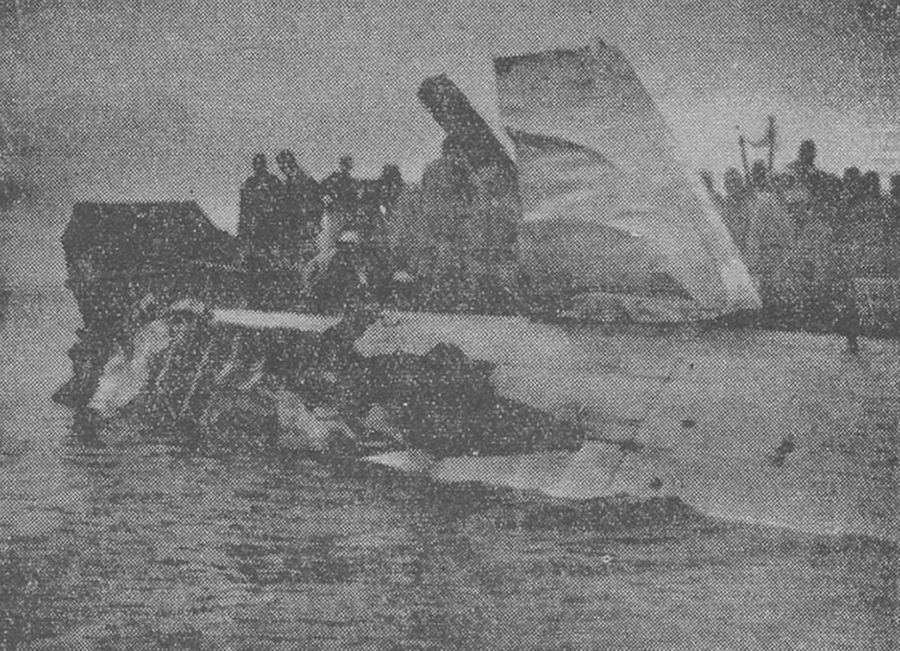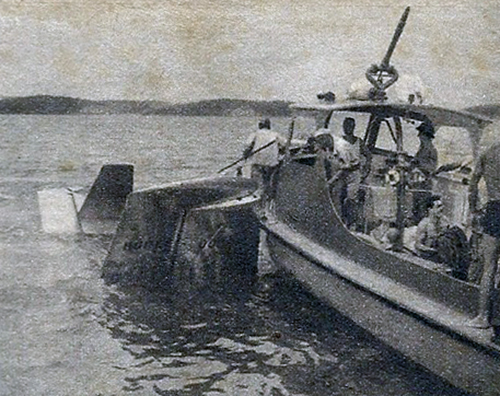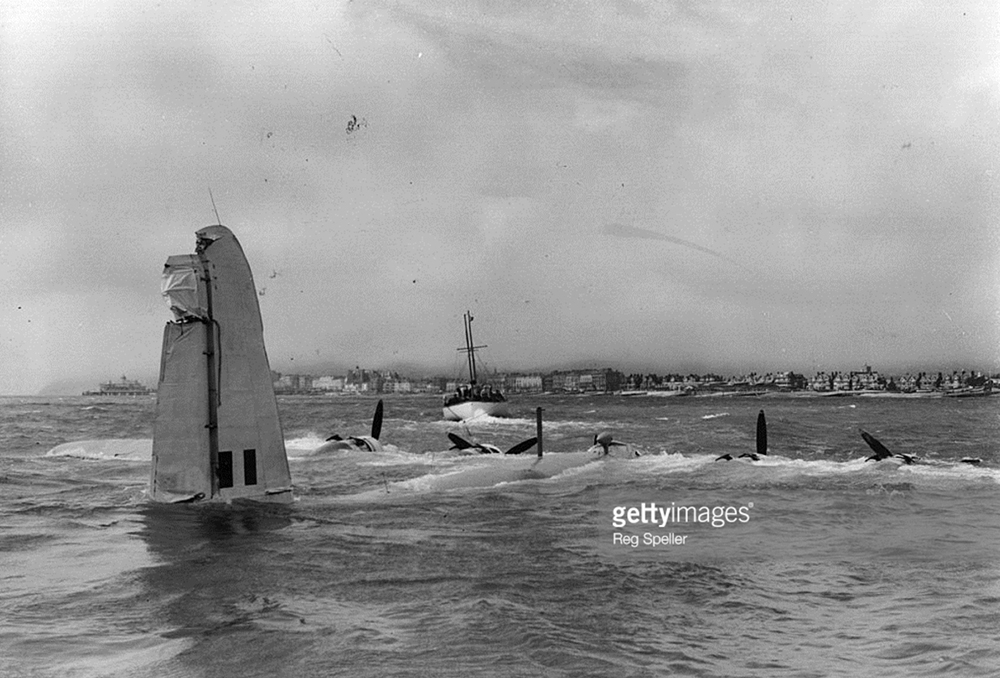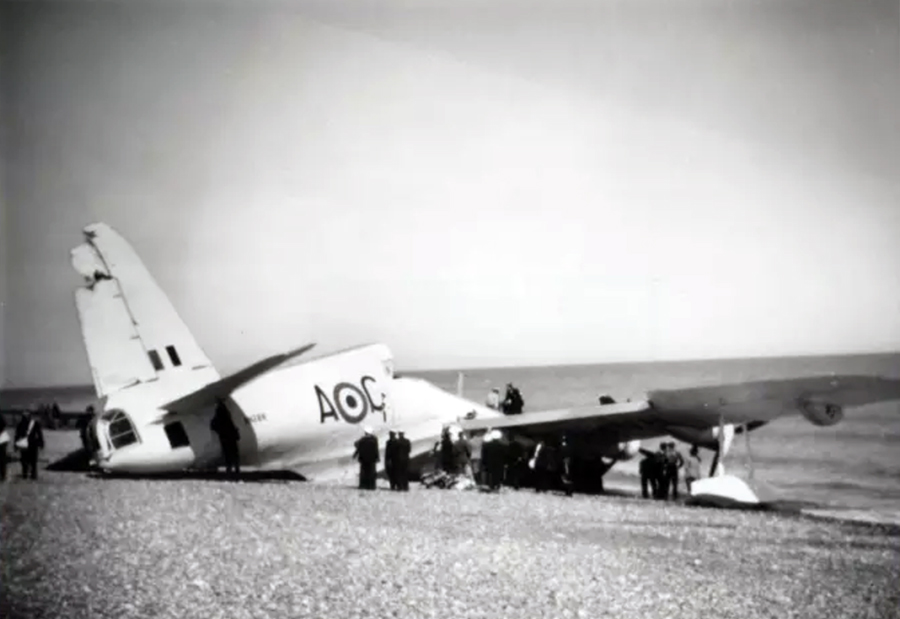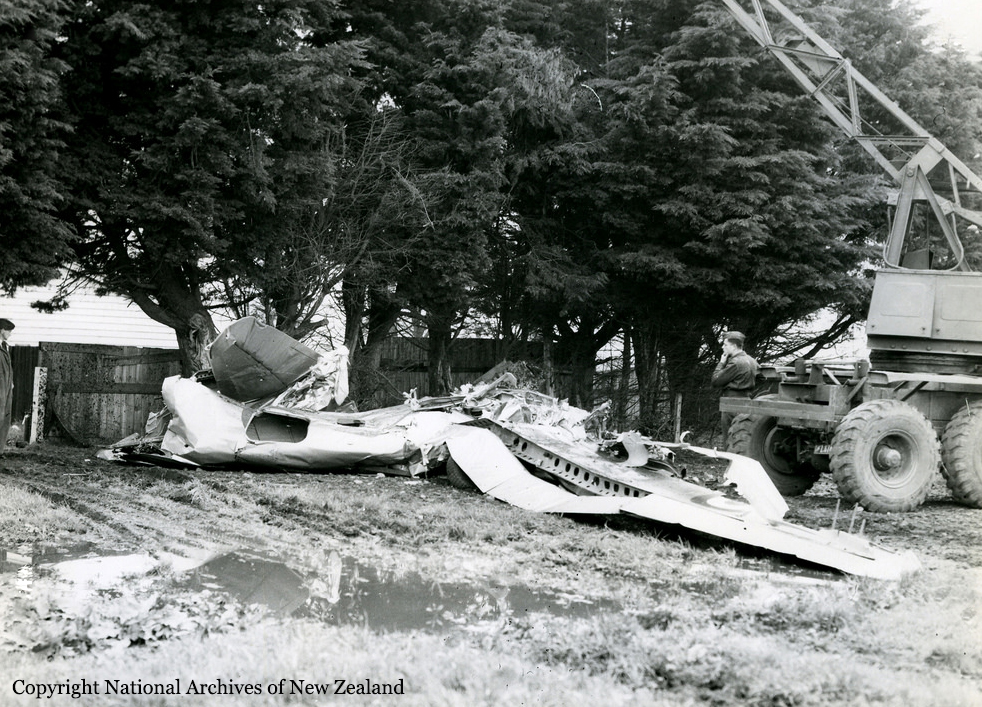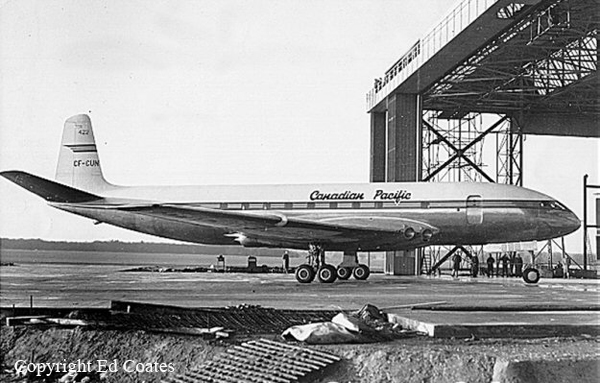Crash of a Martin PBM-5A Mariner at Valkenburg AFB
Date & Time:
Oct 11, 1957 at 1200 LT
Registration:
16-307
Survivors:
Yes
Schedule:
Valkenburg - Valkenburg
Crew on board:
5
Crew fatalities:
Pax on board:
0
Pax fatalities:
Other fatalities:
Total fatalities:
0
Circumstances:
The crew was performing a demonstration flight, taking part to an airshow at Valkenburg AFB. Following uneventful rotations, the pilot started an approach with one engine voluntarily inoperative. On short final, the second engine lost power, the airplane stalled and hit the runway surface, slid for several yards and came to a halt. All five crew members were slightly injured while the aircraft was damaged beyond repair.
Probable cause:
Loss of power on one engine on final.





